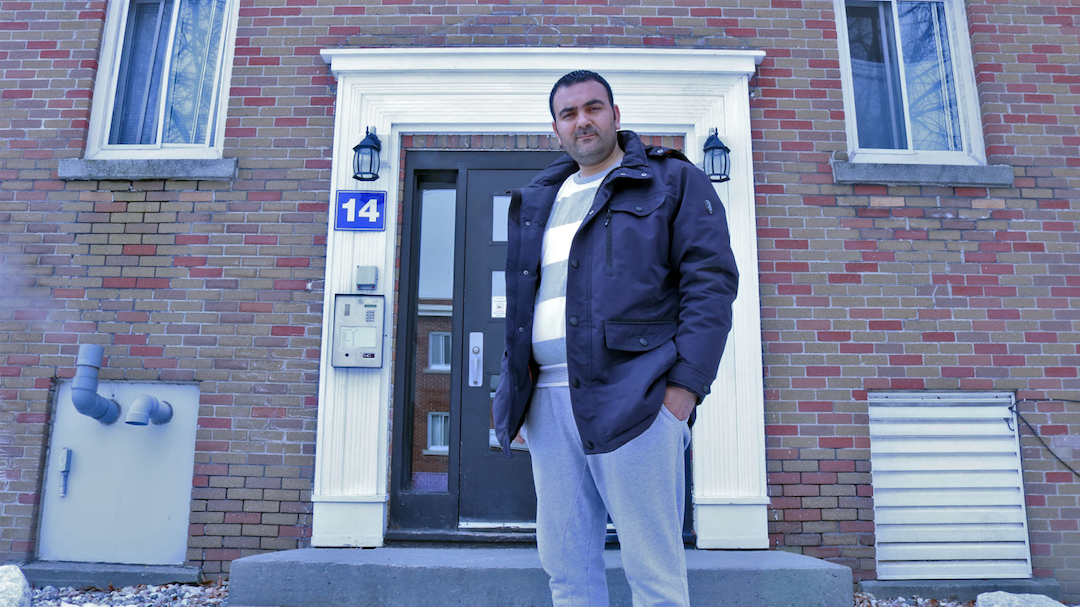Revolution or repercussions?
When Waseem Soufi and Rasha Haj Ali began the process of moving to Canada in 2016, they did so the traditional way. Soufi left Syria as soon as the conflict began in 2011, but Haj Ali stayed in Aleppo until 2014 to finish university. She didn’t know in advance how frightening things would become, like the attacks near her school that made her afraid to take her exams. When the couple reunited in Saudi Arabia, they spent months filling out time-consuming forms, which also relied on physical documents that were dangerous and difficult to obtain. And there were no friendly chatbots to guide them through their journey, though they were lucky to receive invaluable support from their sponsors.
In the end, everything – the struggle, the uncertainty, the wait – was worth it.
“Canada means everything to me,” Soufi said. “I know the first year, maybe two years are difficult for everyone, travelling to a new country. Everything will be better and better with time.”
Haj Ali is improving her English at Algonquin College in the hope of becoming a social worker, while Soufi’s goal is to land a job with Immigration, Citizenship and Refugees Canada. He wants to use his experience to give back to the country he now calls home.

Soufi stands outside his Ottawa apartment in April 2018. He and Haj Ali have a home they love where they host their sponsors for meals. They’re a family now, even though the one-year time period for sponsorship support has elapsed. [Photo © Raisa Patel]
Today, a technological revolution surrounding refugees and other displaced people is underway. Automated and data-driven technologies like artificial intelligence and digital identity won’t eradicate the existence of displaced people like Soufi and Haj Ali, but it could make the process easier, safer and stronger.
As governments and organizations surge forward in implementing these systems, however, policy and governance focused on ethical AI and data protection is trailing behind. In this gap between revolution and reality, it’s possible that the very technology meant to carry a refugee through borders and resettlement could stop them before they get there.
Placing this technology in the hands of those who mean well is only half the debate.
“What really should be happening at this point is to bring multiple areas of expertise to the table. So that includes policymakers. It includes human rights lawyers,” said Petra Molnar. “And also affected communities, too. The people who are actually going to be affected the most by these technologies, whether that’s immigrants or refugees.”
Should discussions stall, a worrisome question looms about what could happen if predictive tools and data registries are used to manipulate the movements or identities of displaced people. But for now, a conversation is emerging, albeit slowly.